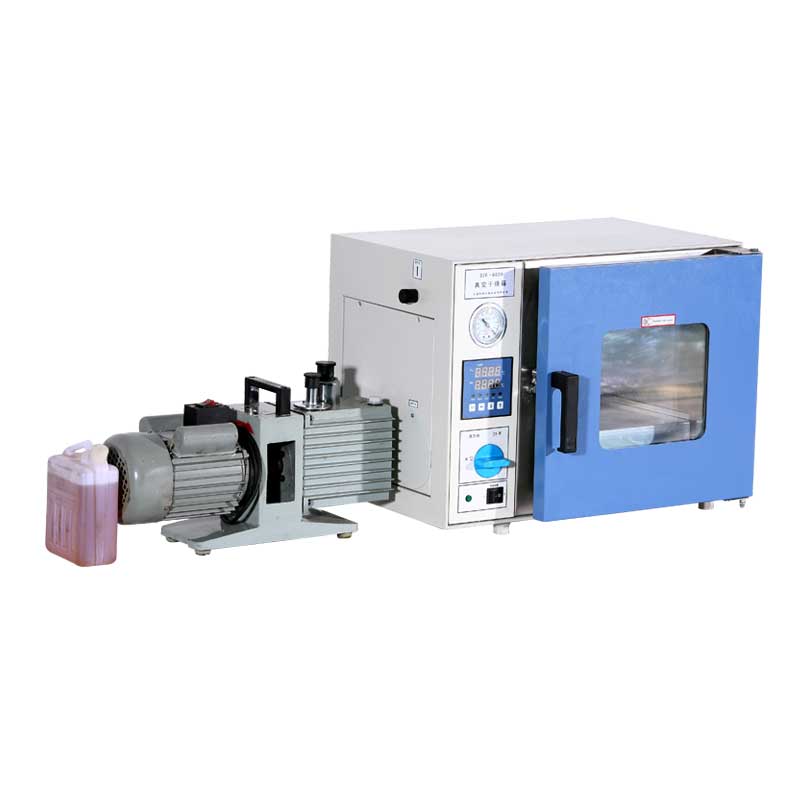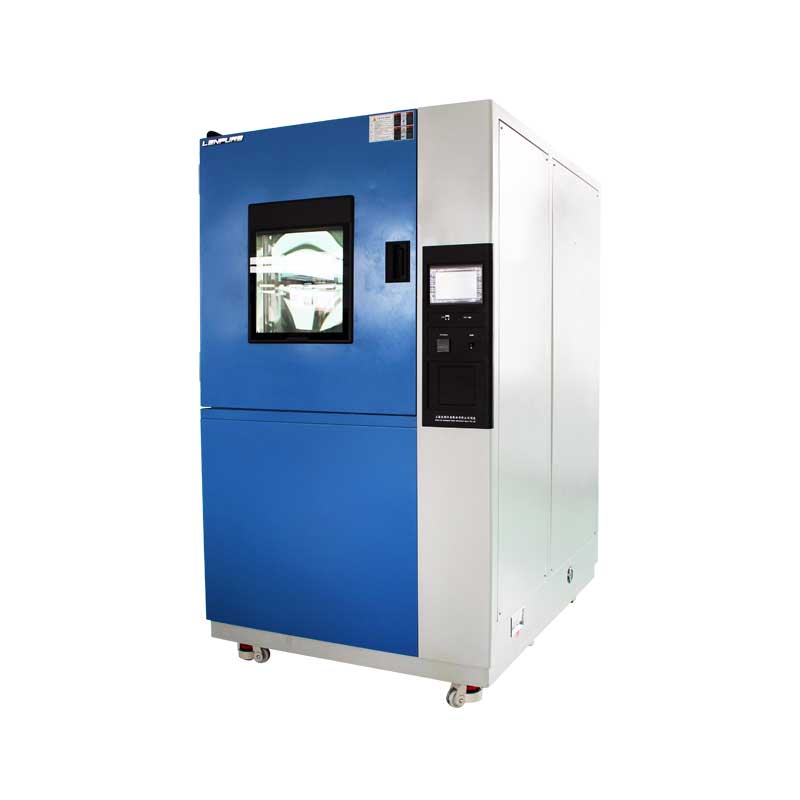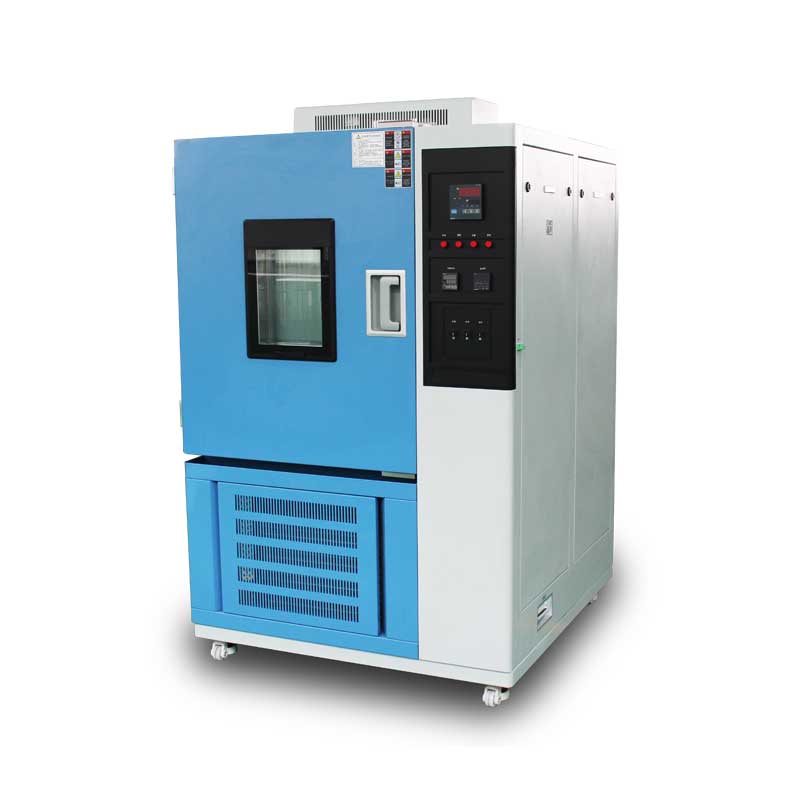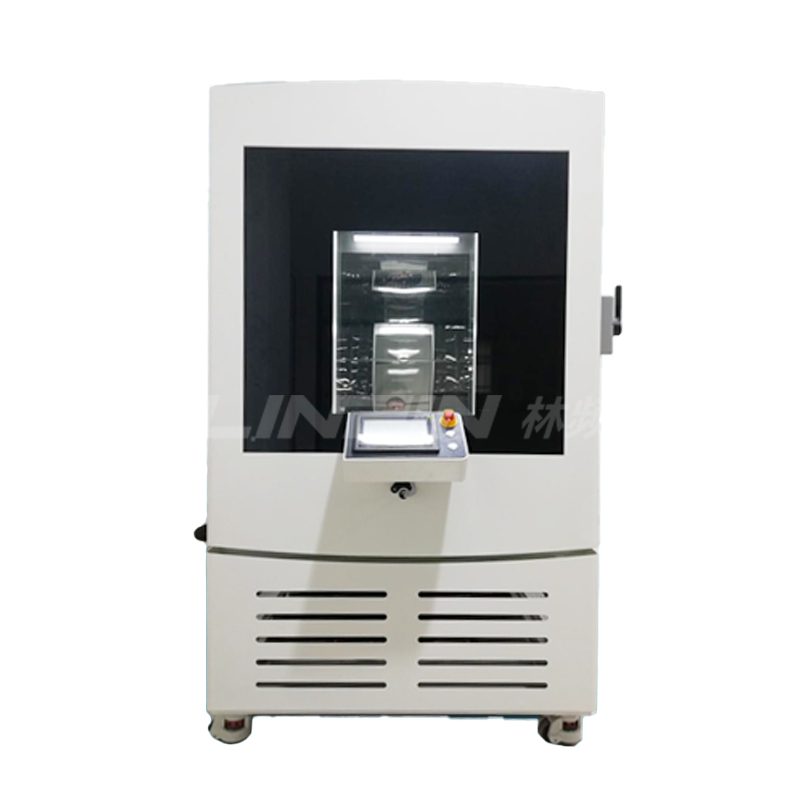Four Major Differences Between Salt Spray Test Chamber and Composite Salt Spray Corrosion Test Chamber
Author:LINPIN Update Time:2025-06-11 Source:LINPINSalt spray test chambers and composite salt spray corrosion test chambers differ in functionality and application. Here are the four main differences between them:
Functional Differences:
-
Salt Spray Test Chamber: Capable of conducting only salt spray tests, simulating a salt spray environment to perform corrosion tests on materials.
-
Composite Salt Spray Corrosion Test Chamber: In addition to salt spray tests, it can also conduct constant temperature and humidity tests, simulating more complex environmental conditions.
Structural Differences:
-
Composite Salt Spray Corrosion Test Chamber: Equipped with temperature and humidity control components, which can adjust temperature and humidity as needed. If a low-temperature environment is required, a compressor is needed to control the temperature.
-
Salt Spray Test Chamber: Has a relatively simple structure, primarily focusing on simulating a salt spray environment.
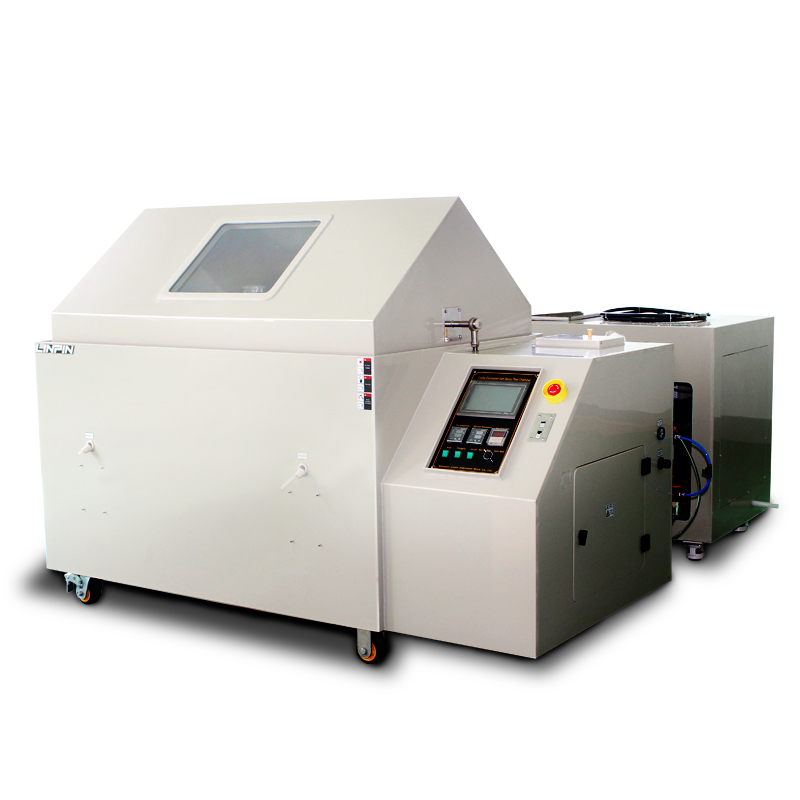
Controller Differences:
-
Composite Salt Spray Corrosion Test Chamber: Uses a programmable controller, which allows more flexible settings and adjustments of temperature and humidity parameters.
-
Salt Spray Test Chamber: Can use a simple controller, making operation more straightforward.
Application Scenarios:
-
Salt Spray Test Chamber: Suitable for scenarios that require salt spray corrosion testing, such as the automotive, electronic, and aerospace industries.
-
Composite Salt Spray Corrosion Test Chamber: Suitable for scenarios that require simulation of more complex environmental conditions, such as reliability testing of electronic products and weather resistance testing of materials.
By comparing the above points, users can choose the appropriate type of test chamber based on their specific needs.

